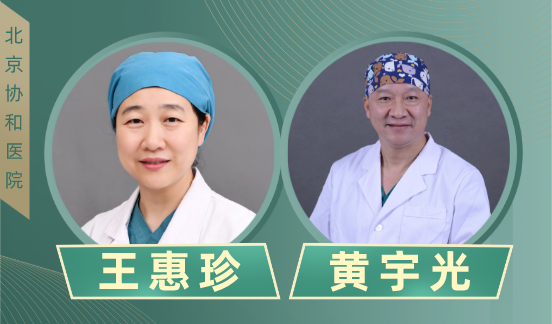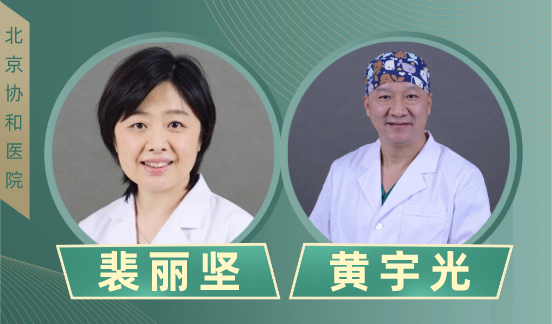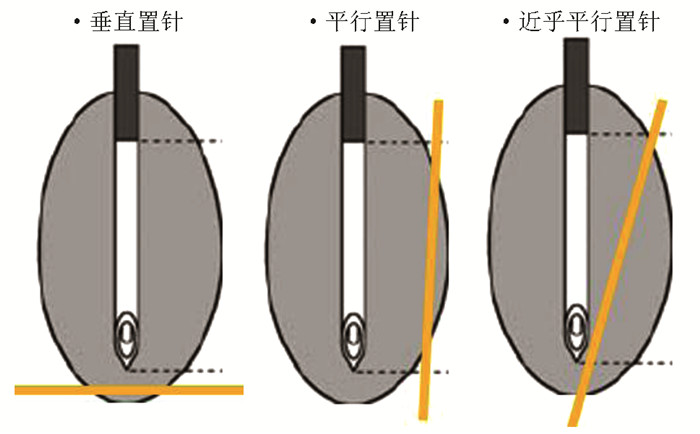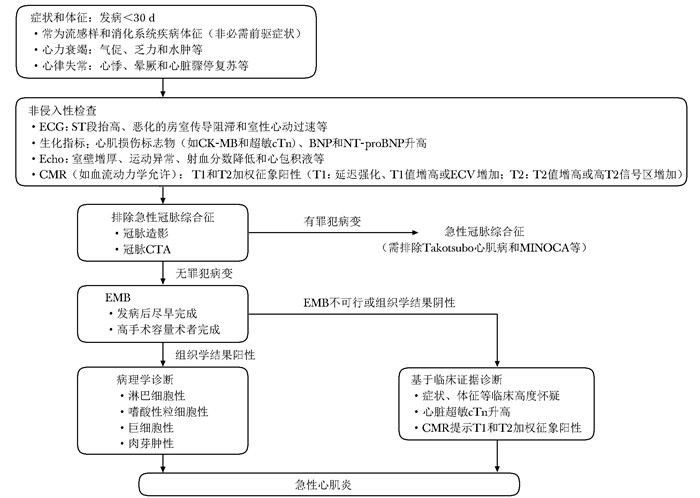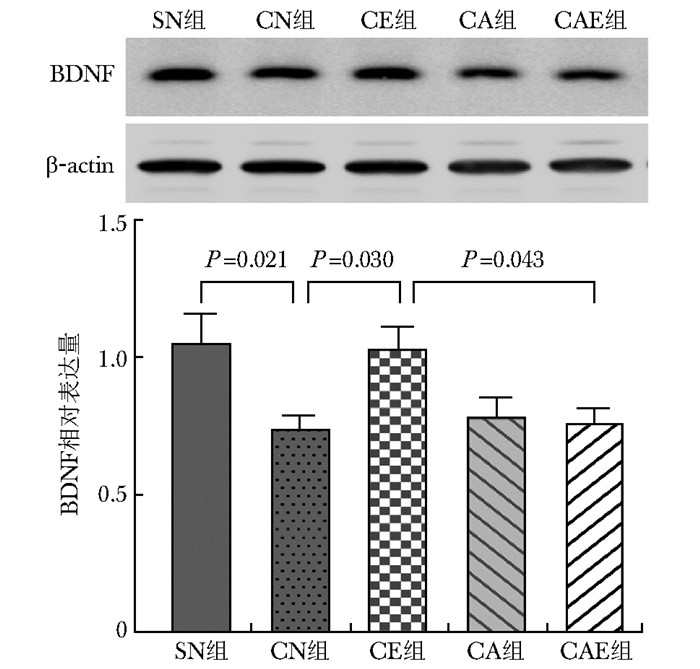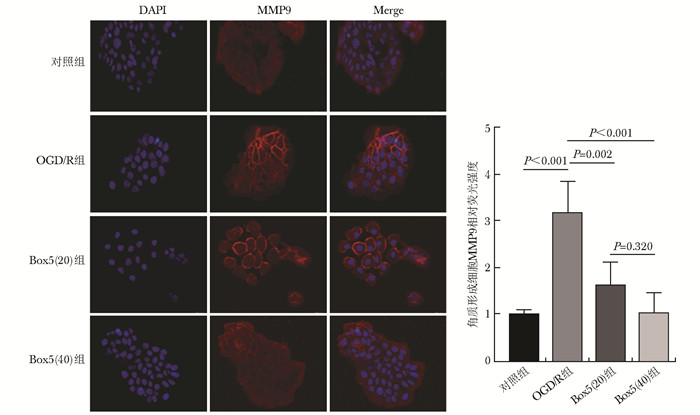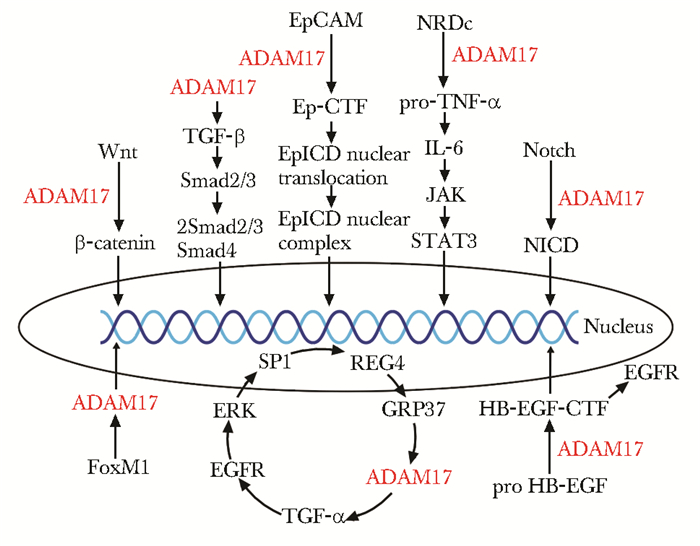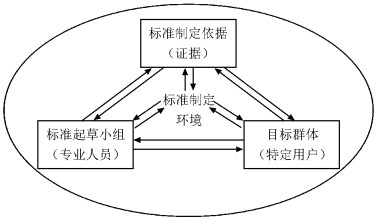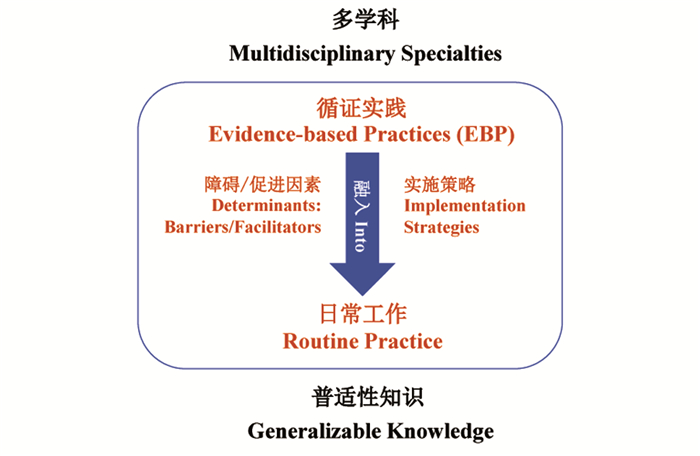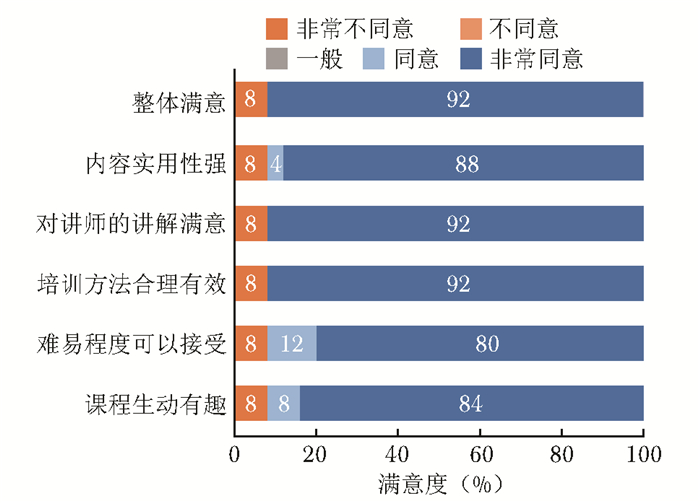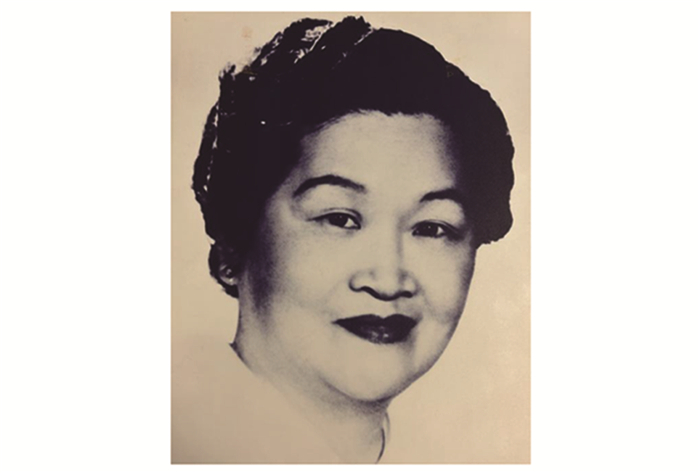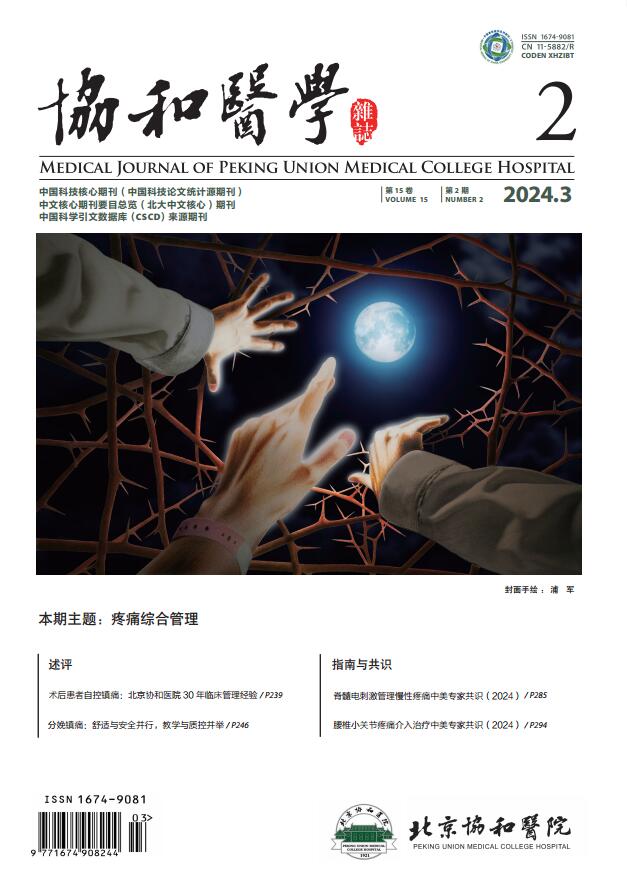Current Articles
2024, Volume 15, Issue 2
column
- Editorials
- Specialist Forum
- Guideline and Consensus
- Standard and Specification
- Guideline Interpretation
- Original Contributions
- Reviews
- Complicated and Rare Disease
- Clinical Research and Evidence Based Medicine
- Clinical Practice Guidelines
- Health Standards
- Implementing Science
- Growth and Active Health
- Clinical Case Analysis
- Teaching and Research
- History of Medicine
Display Method:
2024,
15(2):
239-245.
doi: 10.12290/xhyxzz.2023-0600
Abstract:
2024,
15(2):
251-257.
doi: 10.12290/xhyxzz.2023-0574
Abstract:
2024,
15(2):
258-264.
doi: 10.12290/xhyxzz.2023-0552
Abstract:
2024,
15(2):
279-284.
doi: 10.12290/xhyxzz.2023-0429
Abstract:
Abstract:
2024,
15(2):
303-311.
doi: 10.12290/xhyxzz.2023-0593
Abstract:
2024,
15(2):
312-319.
doi: 10.12290/xhyxzz.2024-0043
Abstract:
2024,
15(2):
320-327.
doi: 10.12290/xhyxzz.2023-0630
Abstract:
2024,
15(2):
328-334.
doi: 10.12290/xhyxzz.2023-0581
Abstract:
2024,
15(2):
335-343.
doi: 10.12290/xhyxzz.2023-0551
Abstract:
2024,
15(2):
344-350.
doi: 10.12290/xhyxzz.2023-0556
Abstract:
Abstract:
2024,
15(2):
366-374.
doi: 10.12290/xhyxzz.2023-0579
Abstract:
2024,
15(2):
382-386.
doi: 10.12290/xhyxzz.2023-0452
Abstract:
2024,
15(2):
387-393.
doi: 10.12290/xhyxzz.2023-0524
Abstract:
Abstract:
2024,
15(2):
400-405.
doi: 10.12290/xhyxzz.2023-0270
Abstract:
2024,
15(2):
406-412.
doi: 10.12290/xhyxzz.2023-0476
Abstract:
2024,
15(2):
413-421.
doi: 10.12290/xhyxzz.2023-0198
Abstract:
Abstract:
2024,
15(2):
442-449.
doi: 10.12290/xhyxzz.2024-0023
Abstract:
2024,
15(2):
450-455.
doi: 10.12290/xhyxzz.2024-0071
Abstract:
2024,
15(2):
466-469.
doi: 10.12290/xhyxzz.2023-0202
Abstract:

 Submit
Submit Review
Review Office
Office Email Alert
Email Alert RSS
RSS
 HTML
HTML PDF
PDF